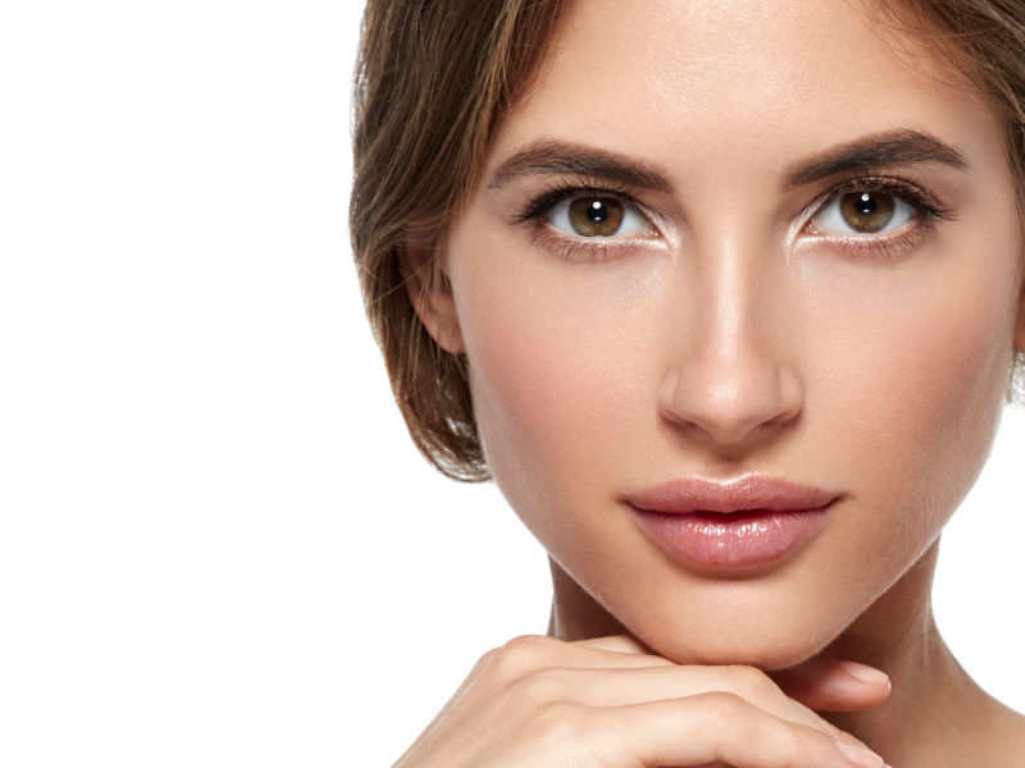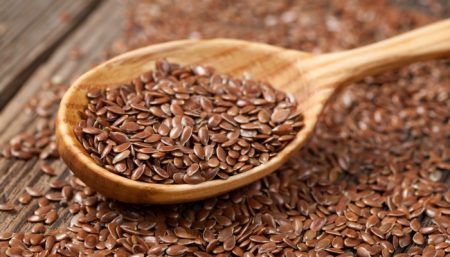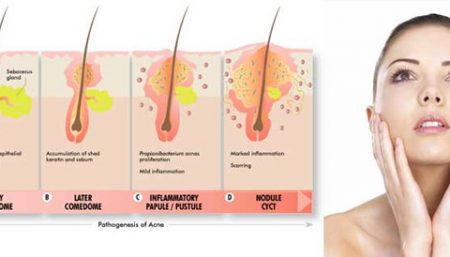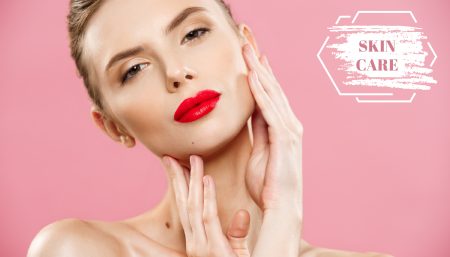
The very sight of a new blemish has women searching for a cover-up. A better approach, however, is to make sure spots never show up-or at least, never grow very big-in the first place. Whether pimples are a daily battle for any one of you, or a once-in-a-while occurrence, over-the-counter help is available.
| The four major factors and one minor one that contribute to the formation of blemishes.Hormonal activity Overproduction of oil by the oil gland Irregular or excessive shedding of dead skin cells, both on the surface of skin and inside the pore Buildup of bacteria in the pore Less likely to cause problems but still a problem for some is: Irritation or sensitizing reactions to cosmetics, specific foods (rarely), or medicines |
Easy spot treatments
Do not pick at your spots – you can cause nasty scars! If you positively cannot leave a blackhead or whitehead alone, try placing a clean forefinger on each side of the clogged pore and spread the skin taut. Often, you’ll find the stuff in the pore pops out on its own.
For mild to moderate acne and occasional blemishes, over-the-counter products are effective. Benzoyl peroxide is the best spot-stopper around. It unblocks pores, dries up excess sebum, exfoliates the area, and kills the bacteria that cause pimples. Sulphur has long been used in spot medications-either alone, or with benzoyl peroxide-to dry excess sebum, lightly exfoliate the area, and kill bacteria before it can cause a pimple.
If you have problems with spots, your doctor may prescribe a topical antibiotic, Retin-A, or azelaic acid, Which is a grain-derivative that unblock pores, exfoliates, and kills bacteria.
Salicylic acid (also known as beta hydroxy acid) is a popular ingredient in spot creams and is found in some cleansers, astringents, and masks. A relative of aspirin, it works by penetrating pores to loosen impacted sebum and dirt, which cause blackheads and can lead to whitehead and cystic pimples.
Recipes for Home Blemish Treatments
- Mix 1/2 teaspoon of yeast with a few drops of warm water to make a paste. Smooth over the pimple and rinse off after 20 to 60 minutes. Use once a day.
- Mix 1/2 teaspoon of baking soda with a few drops of warm water to form a paste. Smooth over the pimple and rinse off after 20 to 60 minutes. Use once a day.
- A drop of tea-tree oil can be dabbed on spots up to twice a day. Test a small patch on your forearm 48 hours before using it to ensure it does not irritate your skin. It is a natural antibiotic and antibacterial, and has a drying effect on the skin.
- Other essential oils that are considered beneficial to acne are camomile, cedar wood, geranium, grapefruit, juniper, lavender, palma rosa, patchouli, peppermint, tangerine. Most of these need to be diluted with a mild carrier oil first.
- Camomile tea, once cooled, makes a good daily rinse for your face.
- Topical treatments containing zinc may also be useful.
For oral consumption
- Take a herbal supplements containing burdock root, blue flag and sarsparilla.
- You can also take echinacea, which is antibacterial.
- Milk thistle seed has been know to help some sufferers.
- Drinking aloe vera juice also helps acne and cleanses the gut.
- Make sure you eat plenty of foods with antioxidants
- If necessary, top up your diet with supplements of vitamin E, selenium, zinc and copper
• You can also top up with a supplement of beta carotene
• If you get flare ups in line with your menstrual cycle, take vitamin B6. - Herbal teas made from burdock, red clover and yarrow.
- Evening primrose, flaxseed and hemp seed oils are also beneficial to the skin because they contain essential fatty acids.
Disclaimer
The Content is not intended to be a substitute for professional medical advice, diagnosis, or treatment. Always seek the advice of your physician or other qualified health provider with any questions you may have regarding a medical condition.



